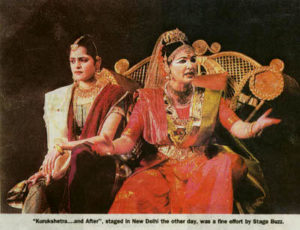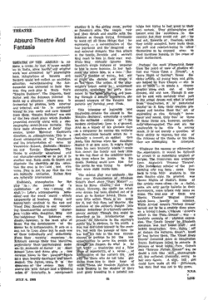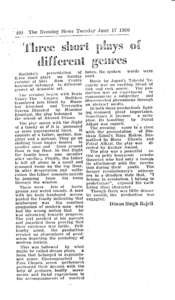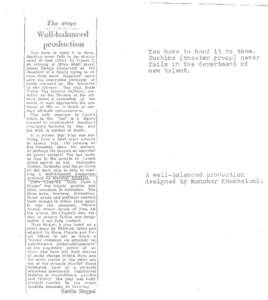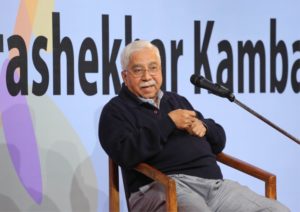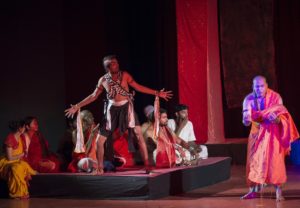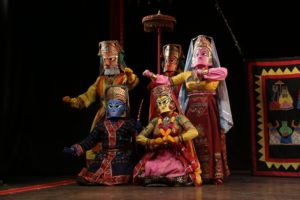National Herald
DILIP HIRO’S Play
TO ANCHOR A CLOUD
(A Play about Inspiration for the Taj Mahal)
Directed by
MANOHAR KHUSHALANI
Close to cloud nine
Almost always ‘play-reading’ has been a wonderful idea. We have had “Kaifi Aur Main” and a few plays done by Motley group earlier. And this past week, it was Dilip Hiro, the veteran author and historian whose debut play “ ;To Anchor A Cloud”, inspired by Taj Mahal, was staged at Alliance de Francaise this past week.
Directed by Manohar Khushalani and produced by Pierrot’s Troupe, the play unveils the practices of the royal Moghuls inside the palaces – intrigues, gullibility, bargaining, wisdom or lack of it. They are all revealed as the protagonist Shah Jahan (read by Manohar Khushalani and S. Somasundaram) his wife Mumtaz Mahal (Mala Kumar and Joya John) and Jahangir (Manish Manoja and Noor Jahan (Joya) engage in talks focussed on the throne of Delhi. The English play opens with eight actors on the dais reading out their parts. Some dialogues are delivered against recorded melodious music, of either a shehnai, or a piece of raga by Bade Ghulam Ali Khan. It all starts with Jahangir coaxing Shah Jahan to drink. Shah is hesitant for it is prohibited in Islam, but he must please him.
All for the throne
Each time Jahangir promises Shah the throne but ends up discussing “thousands of problems failing the empire”. Here, a loving but scheming Mumtaz Mahal must play a role. She knows that Noorjahan wants to marry off her daughter from the first marriage to Pervez and wants Pervez to get the throne.She must employ a Jesuit Priest and a physician (Sanyam) to kill Purvez and fake Shah’s death, to be in the royal palace. “You a genius”, Shah flatters her of her role. And she must ask something for return of her genius. It should be no less than a throne. This magnificent play, with marvellous readers transported the audience to the bygone era. One could easily ignore Shah Jahan wearing the crown from the wrong side, or Jahangir sporting reading glasses with the crown, or if Noor Jahan or Mumtaz Mahal had modern, short cut hair. Even no decoration on the stage proved to be blessing in disguise for it attracted the audience attention to the readers. Unfortunately, this remarkable play saw a thin attendance!
RANA SIDDIQUI, THE HINDU metroplus, Monday, March 3, 2008
EARLIER REVIEWS OF THE LONDON SHOWS
‘Authentic… makes fascinating theatre, a combination of traditional Indian gestures and attitudes expressed in terms of modern Western dramatic techniques.’ Rosemary Say, Financial Times
‘An elegant chronicle‑play… expressed in lucid prose and graceful tableaux modelled on Moghul paintings.’ D.A.N. Jones, Listener
Saeed Jaffery’s career is believed to have flourished in the U.K. with this play and so did Roshan Seth’s. In London, it was discussed on the lines of Shakespearean plays. Now, “To Anchor a Cloud” comes to India. Rana Siddiqui, The Hindu.
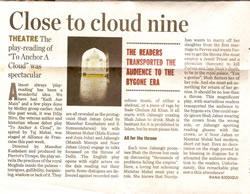

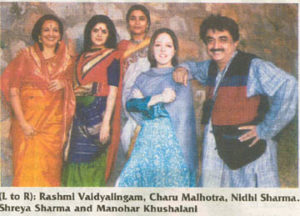
![kaa15[1]](https://stagebuzz.in/wp-content/uploads/2016/03/kaa151-300x206.jpg)
